Colusa National Wildlife Refuge is part of the Sacramento National Wildlife Refuge Complex located about 90 miles North of Sacramento, California’s state capitol. The Sacramento National Wildlife Complex consists of five national wildlife refuges (NWR) and three wildlife management areas (WMA) found in California’s central valley. Colusa NWR is located about 6 miles east of Interstate 5 on Highway 20. A map of the refuge can be found here showing the location of the viewing platform, auto loop, restrooms and photography blind. The photo above is a view from the photo blind.
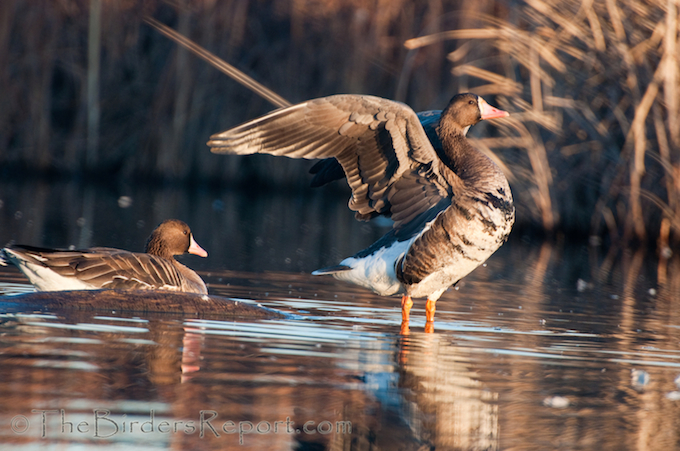 Greater White-fronted Goose (Anser albifrons)
Greater White-fronted Goose (Anser albifrons)
Colusa National Wildlife Refuge occupies 4,567 acres, including seasonal marsh, permanent ponds, and uplands1. It includes a three mile auto loop, a one mile walking trail and a photography blind that you can reserve for a nominal fee.
When you arrive at the refuge, you will find two very new and clean restrooms and a large parking area. The one mile walking trail departs from just beyond that first parking lot and goes through a riparian area adjacent to the ponds where songbirds play and sometimes raptors perch.
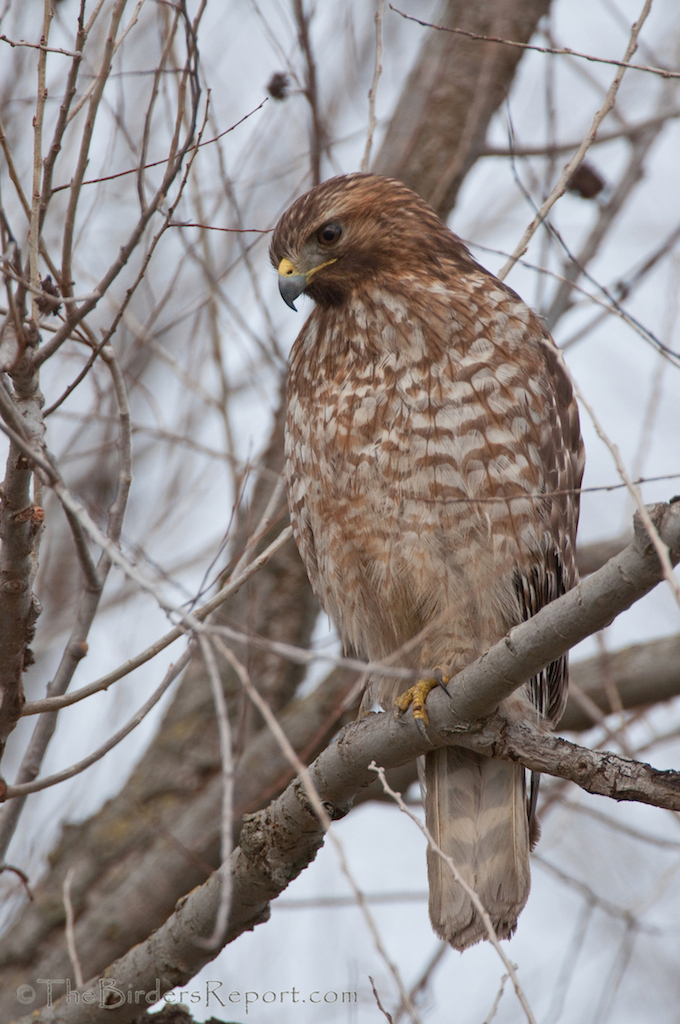 Red-shouldered Hawk (Buteo lineatus)
Red-shouldered Hawk (Buteo lineatus)
When you come back from your riparian walk, just beyond where the trail began, you will se a large viewing platform overlooking a large wetalnd area. Here many ducks and other waterfowl can be seen up close.
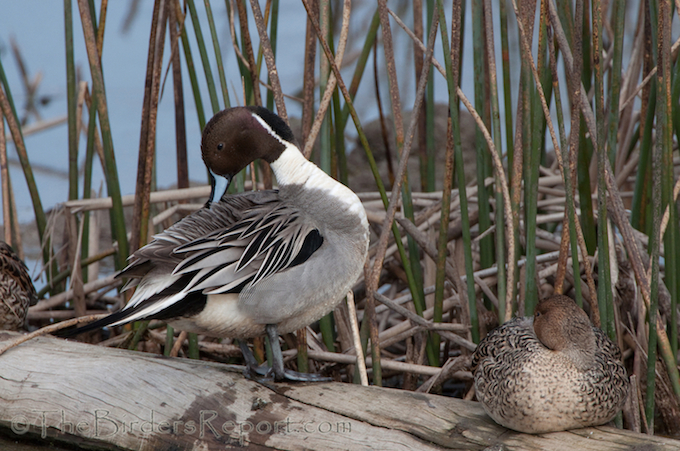 Northern Pintail (Anas acuta) Pair
Northern Pintail (Anas acuta) Pair
This is where our wildlife can safely rest and build strength for the upcoming breeding season.
Northern Shovelers (Anas clypeata)
It is also where you might see a rare vagrant duck visiting from Asia. This Falcated Duck was first seen in December of 2011 and was seen again recently from the aforementioned viewing platform.
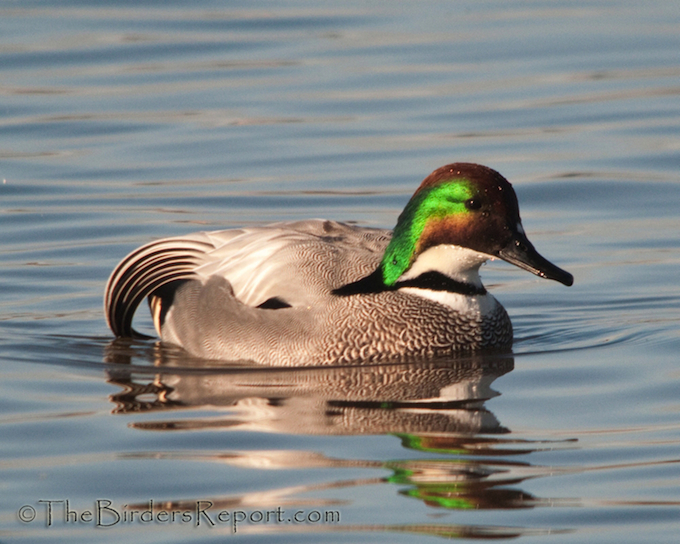 Falcated Duck (Anas falcata) Drake
Falcated Duck (Anas falcata) Drake
You may also spot the beautiful Green-winged Teal…
 Green-winged Teal (Anas crecca carolinensis)
Green-winged Teal (Anas crecca carolinensis)
or a pair of Eurasian Wigeon frolocking in the water.
Once you tear yourself away from the viewing platform (and obviously, this may take some time) you can jump back into your vehicle and make your way around the three mile auto loop. You are certain to see raptors like this juvenile Red-tailed Hawk.
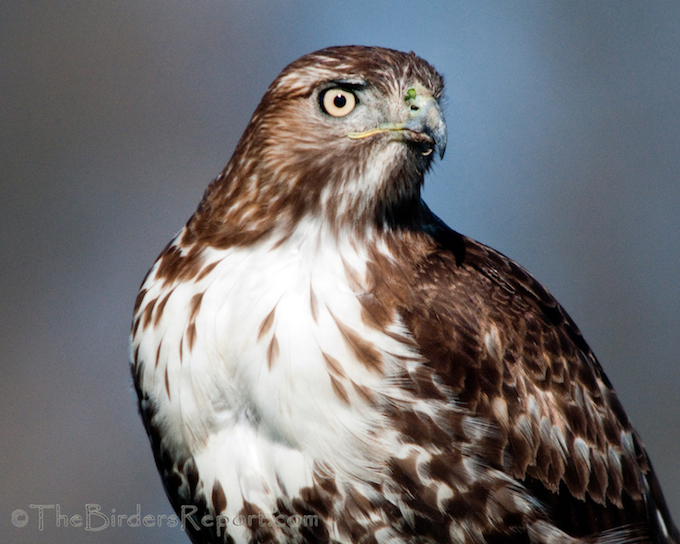 Red-tailed Hawk (Buteo jamaicensis) Juvenile
Red-tailed Hawk (Buteo jamaicensis) Juvenile
And near the back of the refuge under the trees in the shallow water on the right side, you may spot some Wood Ducks before the road makes a hard turn to the left. Power lines run along that back side of the refuge above an irrigation canal where you might not only spot raptors but a Belted Kingfisher as well.
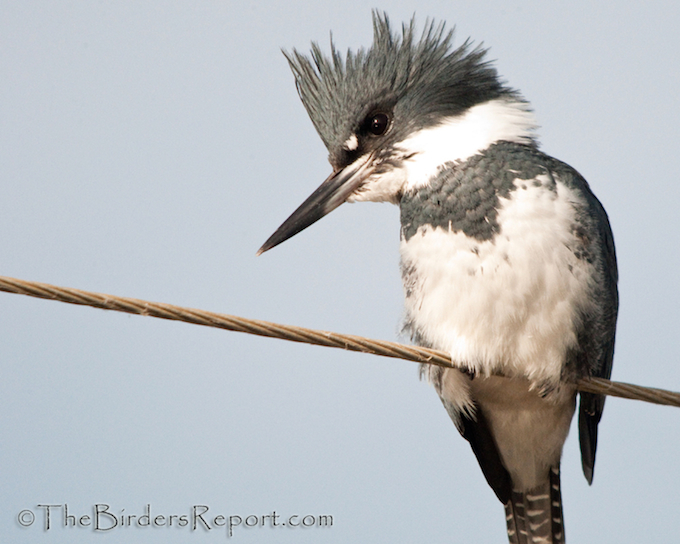 Belted Kingfisher (Ceryle alcyon)
Belted Kingfisher (Ceryle alcyon)
Among the waterfowl always seen in the flooded marshes are the Bufflehead, Ruddy Duck, Mallard and Ring-necked Duck.
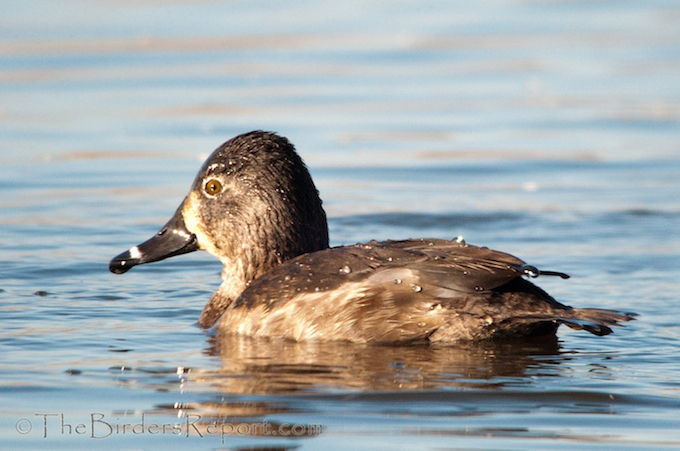 Ring-necked Duck (Aythya collaris) Female
Ring-necked Duck (Aythya collaris) Female
White-faced Ibis can often be seen in the shallow marshes as well. I got some very good looks at this one on the way back toward the parking lot…
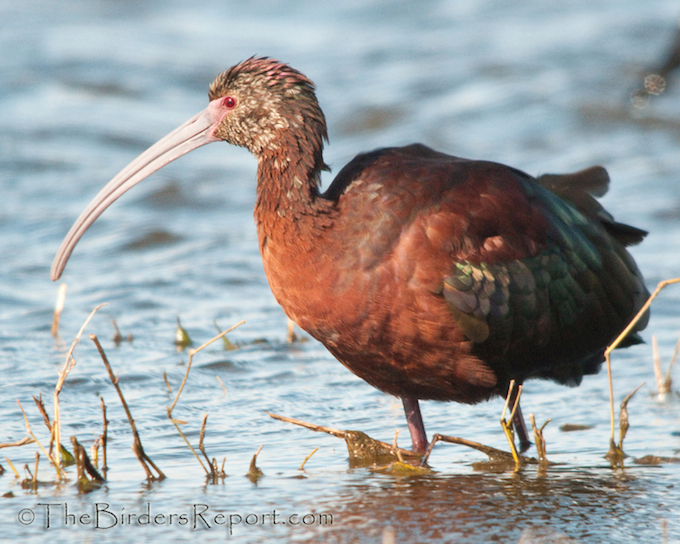 White-faced Ibis (Plegadis chihi)
White-faced Ibis (Plegadis chihi)
and just before making the last turn for the final approach to the refuge entrance, on the South side of the road, you may spot hundreds of Ross’s Geese mixed in with the Snow Geese.
As ducks and geese leave for their breeding grounds, shorebirds arrive. Sandpipers, dowitchers, dunlin, avocets, black-necked stilts and others probe the mudflats for food. But, perhaps most fortunate of all, in that same section of the refuge, along the waterway, you can count on seeing a resident colony of Black-crowned Night-Herons to top off your visit!
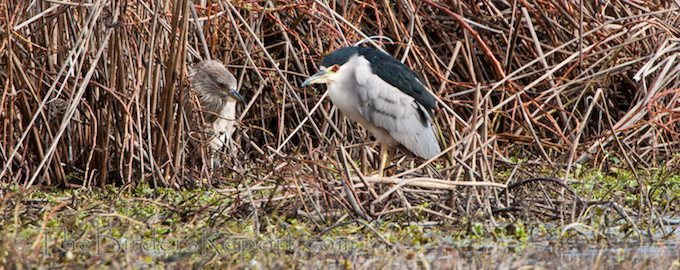 Black-crowned Night-Heron (Nycticorax nycticorax) Juvenile and Adult
Black-crowned Night-Heron (Nycticorax nycticorax) Juvenile and Adult
Do you enjoy the National Wildlife Refuges in your area? National Wildlife Refuges have been underfunded since President Theodore Roosevelt created the first refuge in 1903 and Congress refused to appropriate money to manage it. Without adequate funding, habitats are not restored, invasive species are left unchecked, poaching and other illegal activities occur and our nation’s wildlife suffers1.
America’s National Wildlife Refuge System is the world’s largest network of protected areas dedicated to wildlife conservation. For more than a century, the refuge system has been integral to bringing species such as the whooping crane back from the brink of extinction. Each year, tens of millions of people visit and enjoy national wildlife refuges in every U.S. state and territory, infusing nearly $1.74 billion into local economies and creating more than 32,500 U.S. jobs2.
Would you like to be part of creating an additional income stream for our National Wildlife Refuge System? If you haven’t heard of our proposal for a Wildlife Conservation Stamp, please check out our new website where we will be promoting a plan to get an alternative stamp issued to increase revenue for our refuges.
We are looking for bird enthusiasts, photographers, bloggers, biologists, hikers, conservationists, wildlife rehabilitators, scientists, teachers, artists and anyone else with a common passion and concern for our nation’s wildlife and wild habitats to join us in encouraging our legislators to create an alternative to the Duck Stamp for non-consumptive users of the wildlife refuges.
If this sounds like a great idea to you, providing a consistent source of income for our refuges, separate but parallel to the current Federal Duck Stamp program, please send me an email with a short bio and a photo (at least 150 x 150 pixels) to place on our “About Us” page. We will keep you updated on our progress in this endeavor and entertain suggestions on the best way to implement our proposal.
I hope to hear from you soon! In the meantime, enjoy The Bird D’pot and Wild Bird Wednesday!
References: 1National Wildlife Refuge Association, 2Defenders of Wildlife

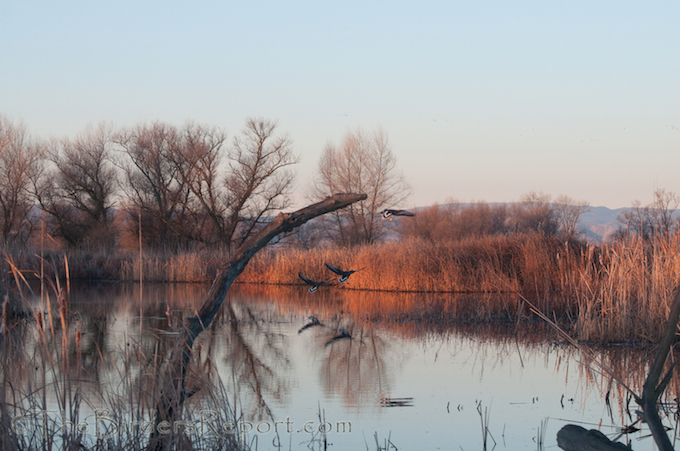
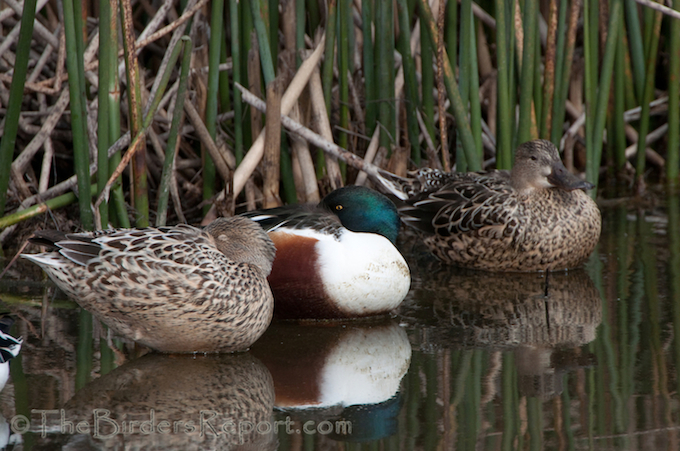

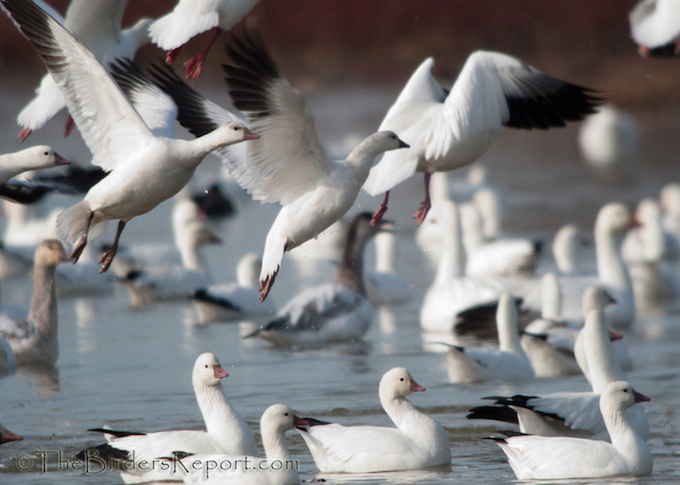








Comments on this entry are closed.
What amazing waterfowl! Thanks for sharing. So many ducks are overlooked, but you’ve really showcased their beauty. I need to get out and see some of my own!
It’s hard to think of adequate words to describe how beautiful all of these images are. They’re all great! The one with all of the geese is magical!
Happy day to you! 🙂
Nice to know that the falcated duck is back, I have been wondering. Perhaps we should try to get back there soon.
You had a great birding outing, Larry.
A great serie of photos. So much to see!
really beautiful birds. LOVE the red-shouldered portrait. green-winged teals are such gorgeous ducks. he was showing off for you. the geese cacophony was awesome, too.
Wow, so many beautiful shots. Puts my efforts to shame! Love the pintail and falcated ducks. Your hawks are amazing!
A great series of birds. I especially like the kingfisher.
Your photos are great. I wish more people were as dedicated to wildlife as you are!
Once again, superior images. I would love to find and photograph the falcated duck. Wow…so unusual.
super photography of wonderful birds; I enjoyed every one; fabulous post
Oh.My.Gosh. Larry!
Wonderful shots beginning with that wildlife scene – the lighting is lovely!
Beautiful capture too of the red-shouldered hawk and the shovelers with their reflections look like they are sitting on a mirror!
Thank you for your dedication to preserving our wildlife. Your passion shows with every post you write.
Larry, you know what a fan I am of your videos. The iridescent green on the teal’s wing is unbelievably beautiful. Wonderful captures of birds that are often quite difficult to photograph, for their skittishness.
Larry, what a nice collection of birds from the refuge. The Teals are beautiful. And I love the Kingfisher. Awesome photos!
OK, I”m packing a bag! What a great looking place, and what a set of pictures. I’ve wanted to see snow geese ever since I read a book of that name.
Cheers and thanks for linking to WBW
Stewart M – Melbourne
These are all fabulous Larry and when I was a wee small child, for a brief time lived in Sacramento. The first year Red-Shouldered Hawk image….WOW, that is stunning!!! My fave~
What a fantastic looking refuge! Your images are really spectacular, Larry. Thank you so much for sharing these!